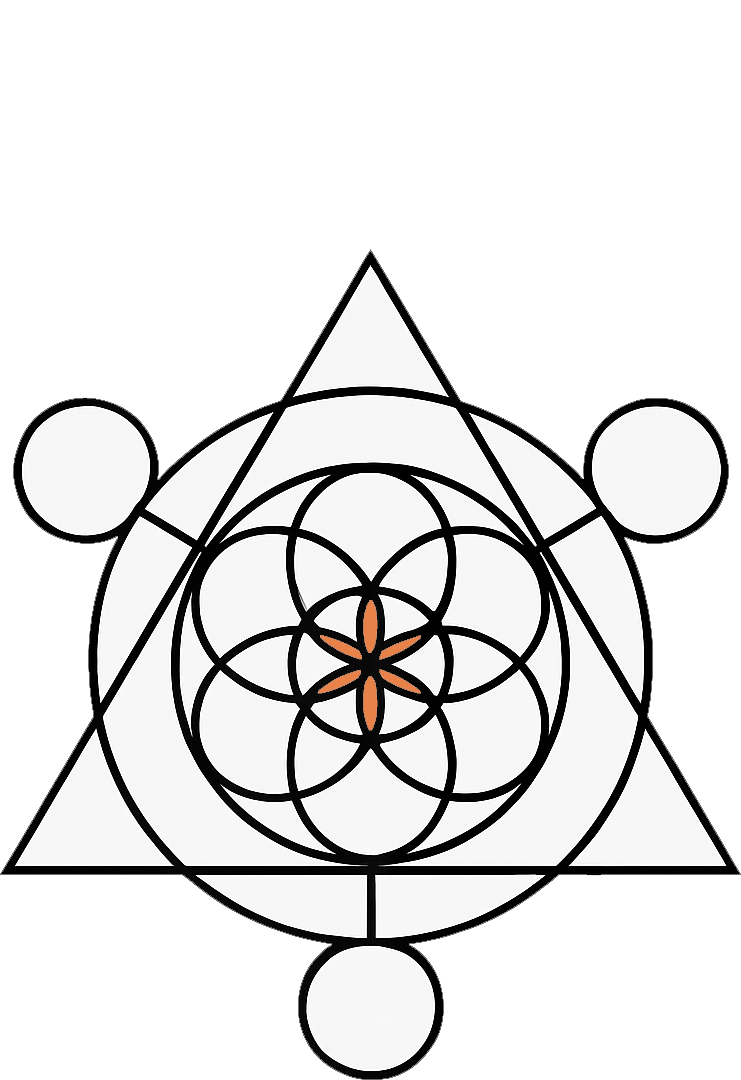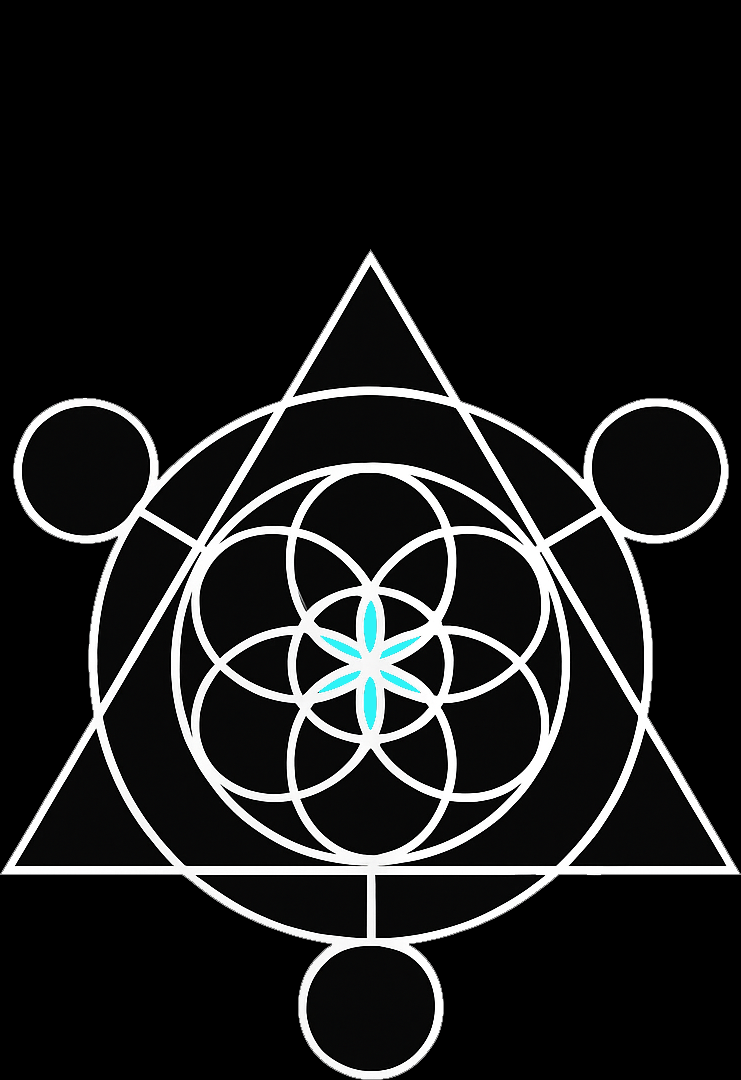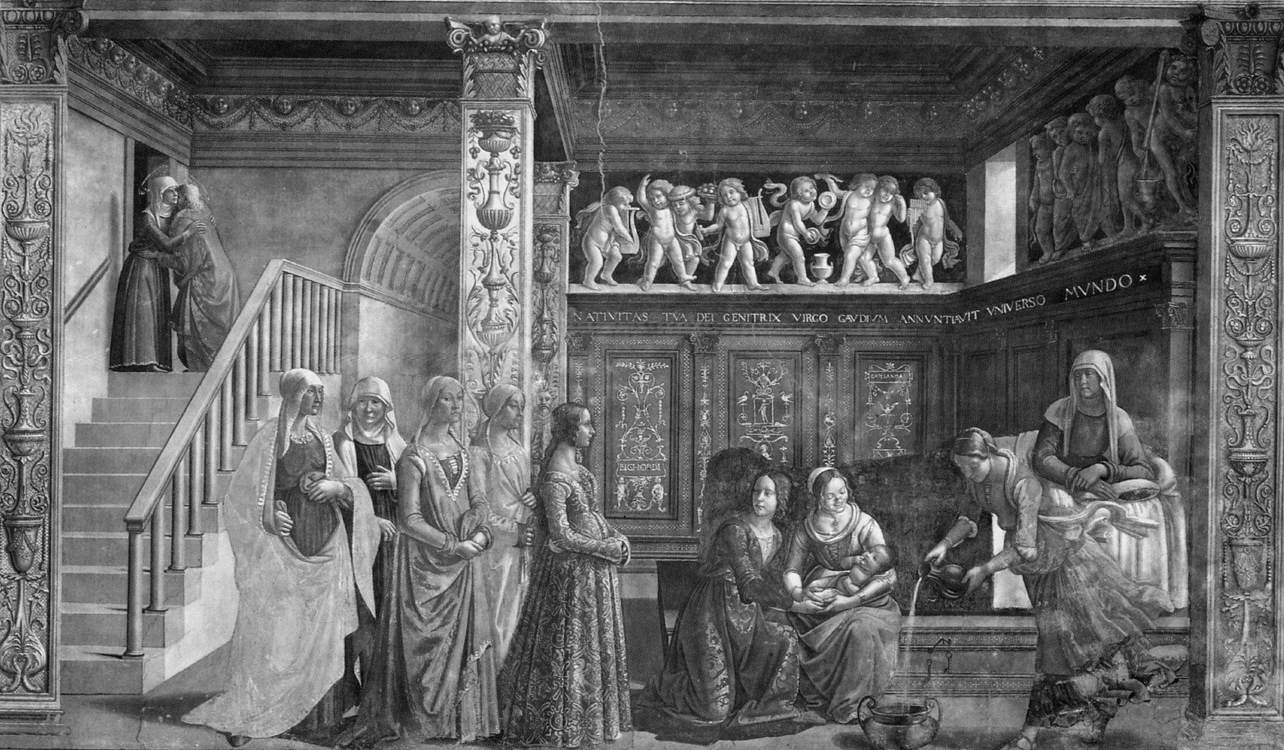I. The First Renaissance Wasn’t Just Art, It Was Infrastructure
When we speak of the Renaissance, we think of marble domes, oil paintings, and sonnets. But the Renaissance was not merely a cultural bloom, it was an infrastructure of patronage.
The Medici, Sforza, and Borgia did not just fund artists, they financed city-states, underwrote new sciences, and redefined the operating system of Europe. Their investments in beauty were inseparable from their investments in power.
Patronage was not charity, it was a strategy.
Every fresco, every commission, every public work was a signal, “We are not just wealthy, we are the architects of what will be remembered.“
II. The Modern Parallel, Capital Without a Flag
Today, a similar convergence is forming, but the geography has changed.
Capital no longer needs a city-state to legitimize itself. It does not require a papal blessing or a royal charter. It moves through multi-jurisdictional trusts, decentralized autonomous organizations, and sovereign funds that answer to no electorate.
It is capital without a flag, but with the same potential to reshape culture and governance.
The Medici sponsored Botticelli. The 21st-century patron might sponsor a generative AI model trained to create works no human could conceive, or a private space observatory releasing its findings only to a select network.
The output changes, the strategy endures.
III. The Shift from Recognition to Discretion
The original patrons were visible because visibility was inseparable from power in their era. A coat of arms on a cathedral wall was not vanity, it was political currency.
But in an age of hyper-surveillance, the calculus reverses. Visibility is liability.
The most powerful players today do not want their names etched in stone, they want plausible deniability. Their leverage comes from the fact that they cannot be publicly targeted, pressured, or shamed into policy changes by mass opinion.
This does not mean their influence is diminished, it means it is unassailable.
IV. The Mechanisms of Invisible Patronage
Anonymity in this context is not the absence of identity, it is the curation of identity.
The modern anonymous patron may operate through,
- Multi-signature governance in a DAO treasury that funds cultural, scientific, or political projects without revealing individual backers
- Layered trusts that own and commission works without any public-facing ownership trail
- Proxies and curators who receive credit for decisions they merely execute on behalf of unseen principals
This is not leaderless, it is leadership without exposure.
In a sense, it is the purest form of patronage, works are funded and realized without the gravitational distortion of the patron’s persona.
V. Why This Matters to the New Renaissance
A true renaissance is not measured by GDP or NFT floor prices, it is measured by a reordering of how beauty, knowledge, and governance are produced and distributed.
We are entering such a phase, but instead of Florence’s piazzas, it is playing out in encrypted group chats, token-gated cultural hubs, and private consortia of AI researchers, architects, and financiers.
The next great artistic movement may debut in a gallery whose location is not on Google Maps. The next breakthrough in governance may be tested in a simulated nation whose citizens are vetted like members of an elite club.
The public will see the results, they will never meet the backers.
VI. The Real Power Shift
Anonymity here is not withdrawal, it is optimization.
By removing the ego of recognition, patronage can evolve from performance to precision. Decisions are made for the endurance of the work, not the applause of the moment.
The true Medici of the 21st century will not be defined by the frescoes they fund, but by the systems they quietly design to make those frescoes inevitable.
And unlike their predecessors, they will not need their names remembered for their legacy to endure.
Because when your architecture is the operating system of the future, memory is optional. The system is the signature.
Closing Thought:
The next Medici will never be photographed in front of their cathedral.
Their presence will be felt in the geometry of the city, the algorithms of its governance, and the art that appears as if it willed itself into existence.
You will not see them, but nothing will move without their shadow passing over it.


